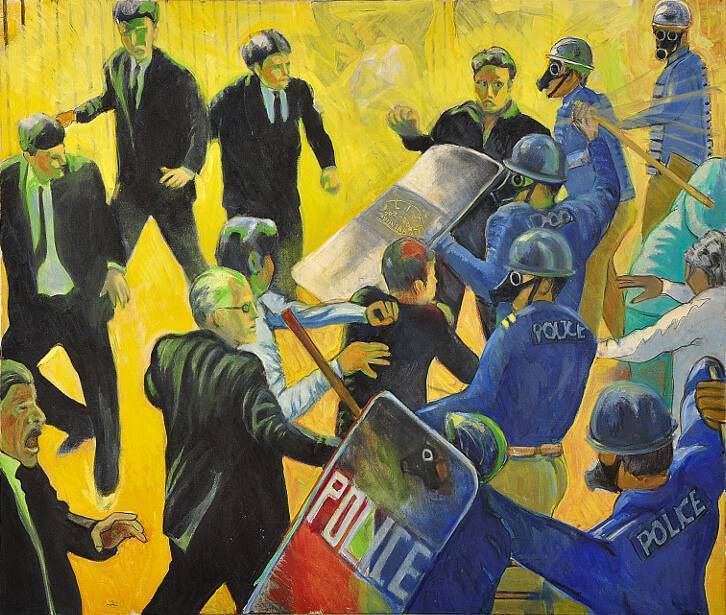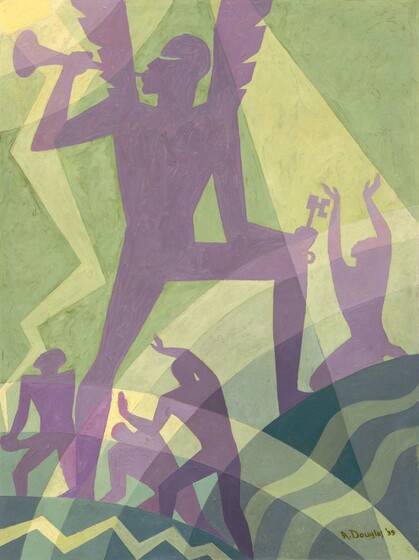When it comes to dark topics issued in art, it is fascinating how painters catch the war’s horror. Here’s our take on war paintings through Goya’s paintings, John Singer Sargent and Otto Dix.
“Third of May” by Goya 1814
After Napoleon’s armies invaded Spain on May 2, 1808, Spaniards rebelled. However, French army caught them on May 3, and the French massacred them. Goya’s “Third of May” issues that tragic event, which is essential for Spanish history. Unlike idealized figures of war paintings, this painting focuses on a humanized model rather than a hero. The figure with a white shirt is probably a Spanish worker who stands up to this massacre, and we fix our gaze on him due to the light and use of white color. We only see his facial expression among other people. Although the painting’s French side looks lifeless and mechanic with its composition and colors, this freedom fighter shines. His form also transforms Christian iconography by standing up like a crucified Christ.


“Gassed”, by John Singer Sargent 1919
“Gassed” by John Singer Sargent 1919
It is a known fact that in the First World War, conflicting sides used chemical gasses upon each other. The painting of John Singer Sargent shows the aftermath of a mustard gas attack during the First World War. It shows soldiers not as glorious instead as fallen heroes. It heavily relies on the yellow concretizing the effect of mustard gas and sickness on the painting. After its finishing, in March 1919, it was voted as the year’s picture by the Royal Academy of Arts. Since they have a white bandage covering their eyes, they look like victims waiting for their turn. There is also a similarity to elder Bruegel’s The Parable of the Blind.


“Der Krieg”, by Otto Dix 1932
When it comes to war paintings, Otto Dix is one of the painters who can show the anatomy of war through its parts, adding different layers to work. “Der Krieg” also issues WWI. It is open to visiting Galerie Neue Meister in Dresden since 1968. The painting has three main panels and a supporting one below. First-panel depicts the soldiers going to the war zone. The foggy silhouette of the soldiers presents them as ghosts foretelling their tragic end. On the central board, we see the theater of war with its brutal violence. The last one is also the aftermath of the war. The use of red gets heavy in this part of the work showing the destruction of war. And finally, the fourth panel below the central depicts a war zone underground, showing us this war is not exactly the first and not the last one.
SOURCES












